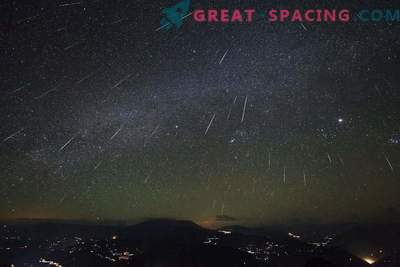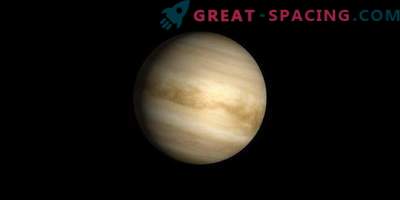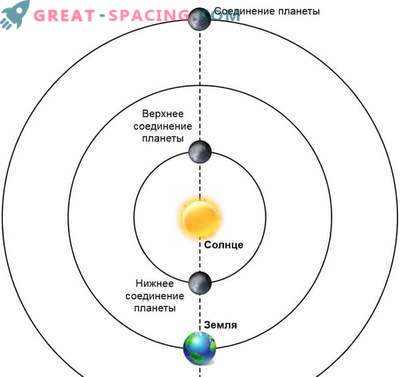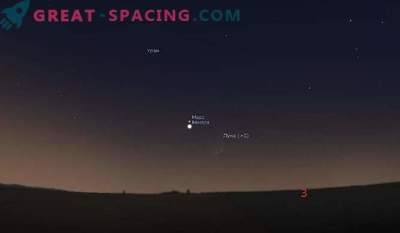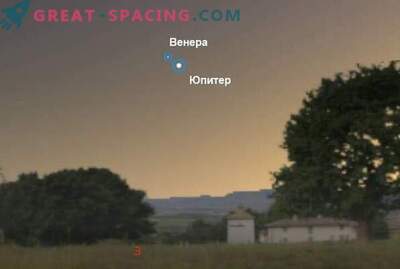
May 2-3, 2019, it will be possible to find two nearest planets of the solar system in the sky at once. Oriented in search should be on the passage of the moon.
-
Moon and Venus

Venus is considered one of the brightest objects in the Solar System (after the Sun and the Moon), so the planet can often be seen in the sky. But due to inexperience, many take her for a star. For example, even the Egyptians gave her two names at once - Morning and Evening Star.
Venus can be seen during the day, as it follows the sun. Usually its apparent angular distance reaches 47˚. Best viewed after dusk or before dawn. In the spring the planet is observed until midnight.
On May 2, you can easily find Venus, because the moon will pass 3.9 ° south of the planet. At the same time the brightness of Venus will reach -3.8. By the way, the terrestrial satellite is in a descending phase, so it does not interfere with the observations. To improve visibility you can use a telescope or binoculars.
-
Moon and Mercury

Use May 3, 2019 to find the first planet from the Sun, Mercury. This planet has to hunt, because the world is close to our star and remains in sight for a short period of time. Usually it is difficult for residents of Russia to find it at night.
In the spring, Mercury will be found within 30 minutes after sunset. Look out over the western part of the horizon. May 3 will be easier if you follow the Moon, which will be held 3.2 ° south of Mercury. This will happen at 6:26, so set the alarm.
If you have an 80mm telescope, you can see the phases of Mercury. More powerful devices will allow to study the weak details of the surface.





